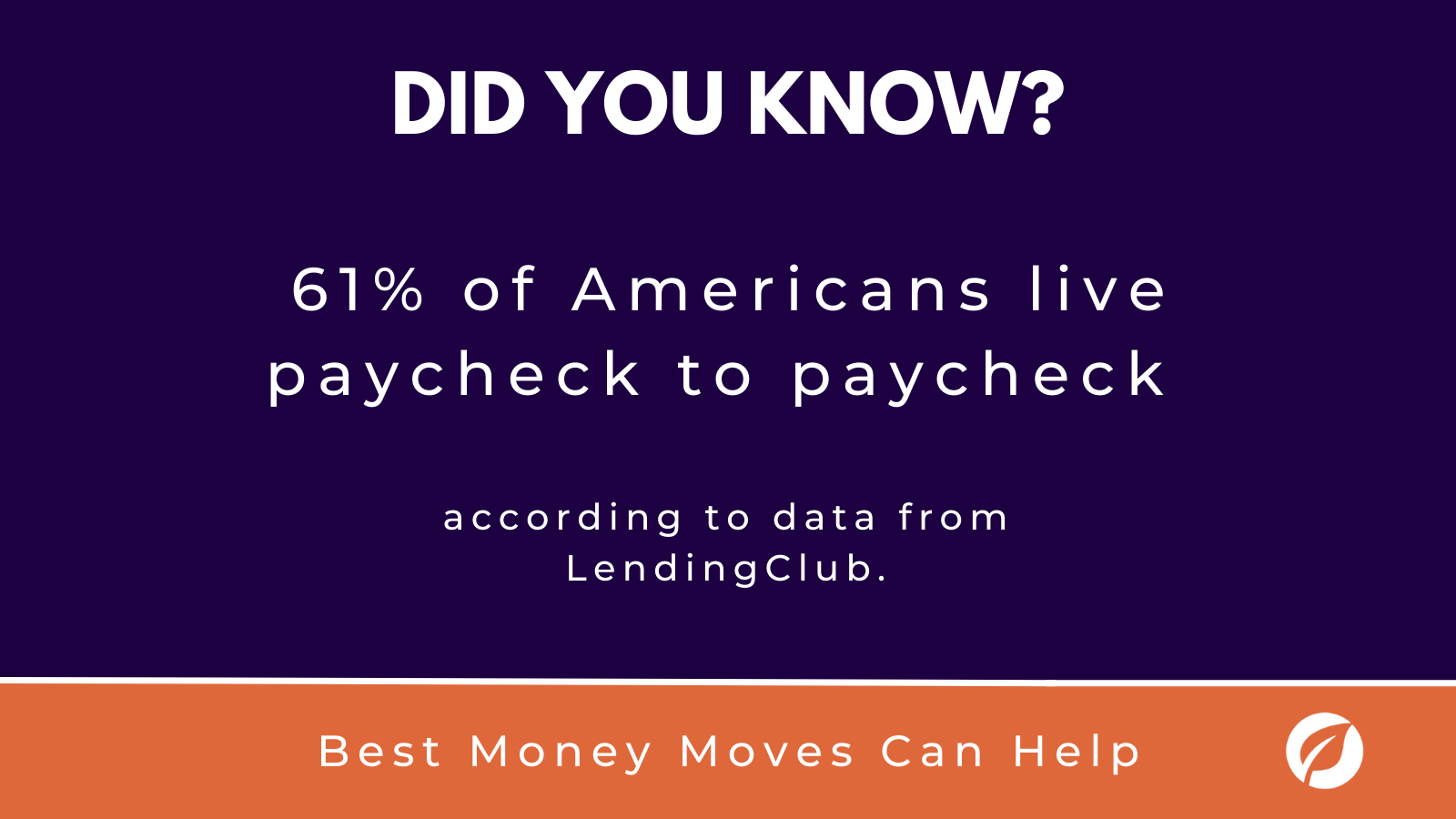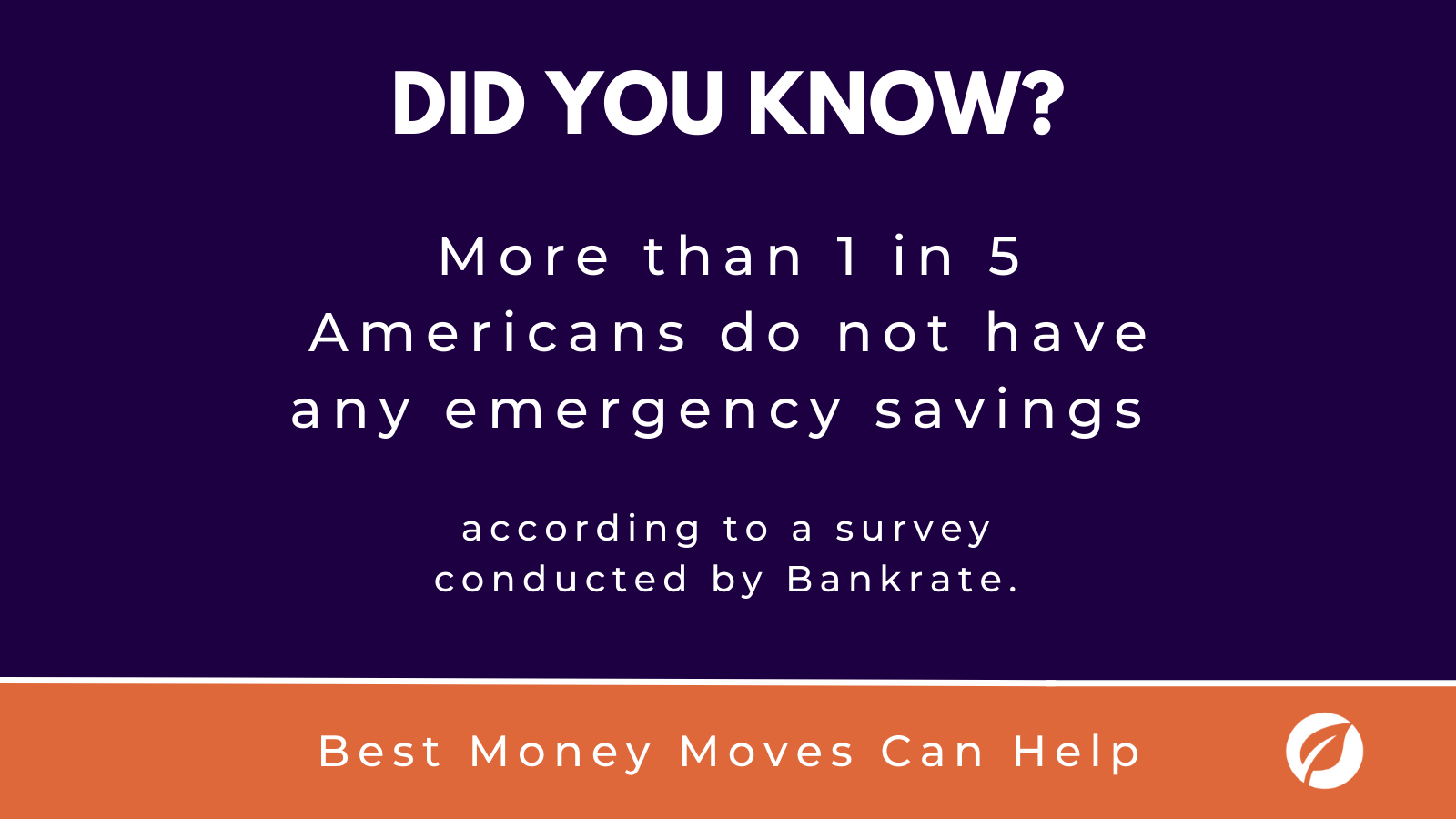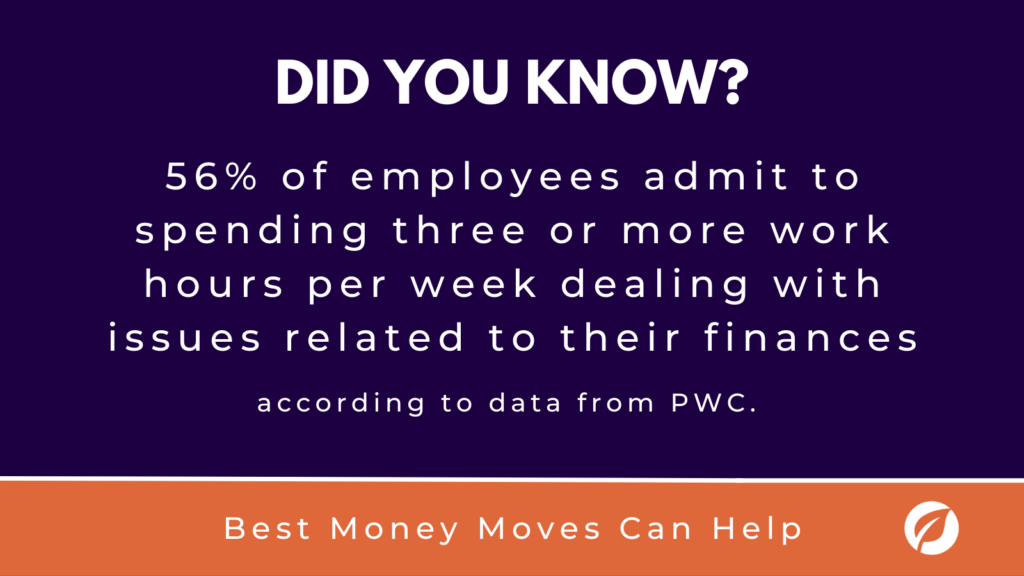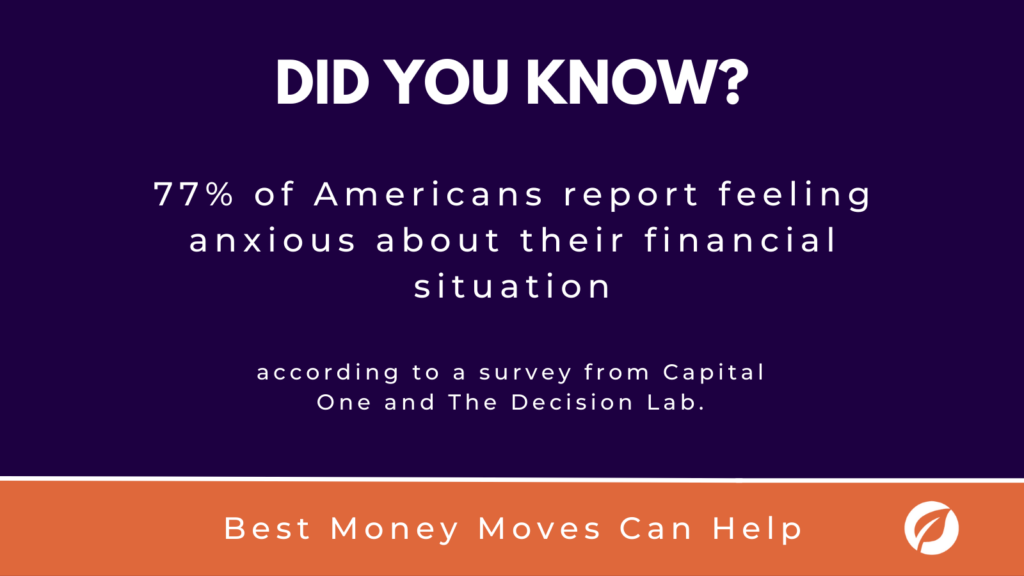
Employee Financial Resilience: Help Your Team Weather Any Crisis
Employees have faced several years of significant economic turmoil. From a global pandemic to prolonged inflation and the looming threat of a recession, the budgets and spending habits of many have been strained. Today, 61% of Americans live paycheck to paycheck, according to data from LendingClub, a 9.3 million person increase from 2021.
Employee financial resilience has never been more important. Here’s how employers can foster resilience in their employees to help their workforce whether any storm.
What is employee financial resilience? (And what does it matter to your team?)
Financial resilience is the ability to withstand major unexpected life events without leaving a major impact on personal finances. This is an ability that can be honed for minimum-wage and high-salaried employees alike. According to PWC’s 2023 employee financial wellness survey, even amongst employees making over $100,000 a year, 47% are stressed about their finances. The impact of financial stress can have a significant negative impact on the mental health of your employees as well. As an employer, it’s mandatory to understand financial resilience and to provide financial wellness tools that will help your employees through difficult periods.
Employee financial strain has many negative side effects ranging from a decrease in productivity to negatively influencing company culture. An additional benefit to a financially resilient workforce is a reduced turnover rate. According to the 2022 PWC Employee Financial Wellness Survey, employees who are undergoing financial stress are twice as likely to seek new employment. Employers who take the initiative in curbing their employee’s personal finance woes will see increased returns in both the personal and the business sides of their organizations.
Building a financially resilient workforce
Building a financially resilient workforce takes a concerted effort from employers to assist and connect with their employees. One of the easiest ways to do so is by changing the culture of your workplace especially when it comes to discussions about money. Talking about personal finance is a sensitive subject, but that unwillingness to open up can push employees further down a spiral of poor habits. Changing the culture around finances will not only help identify when an employee is in trouble but can also assist in increasing participation in programs that companies provide to their employees.
These recent periods of instability have also highlighted the importance of providing comprehensive financial wellness programs. Many companies include some form of personal finance assistance in their employee benefits program, but it doesn’t cover all of their worker’s needs. When problems arrive, it’s important that employees have some base of financial education to improvise and adapt to their ever-changing situations. Each employee has their own set of diverse and challenging personal finance problems, so having a solution that can apply to everyone is imperative.
Bolster employee financial resilience with key financial wellness tools from Best Money Moves.
Best Money Moves is a mobile-first financial wellness solution designed to help dial down employees’ most top-of-mind financial stress. As an easy-to-use financial well-being solution, Best Money Moves offers comprehensive support toward any money-related goal. With 1:1 money coaching, budgeting tools and other resources, our AI platform is designed to help improve employee financial wellbeing. Our intuitive, easy-to-use program platform is fit for employees of any age and level of financial literacy.
Whether it be retirement planning or securing a mortgage, Best Money Moves can guide employees through the most difficult financial times and topics. We have robust benefits options for employers, regardless of their benefits budget.
Our dedicated resources, partner offerings and 900+ article library make Best Money Moves a leading benefit in bettering employee financial wellness.
To learn more about Best Money Moves Financial Wellness Platform, let’s schedule a call. Contact us and we’ll reach out to you soon.









